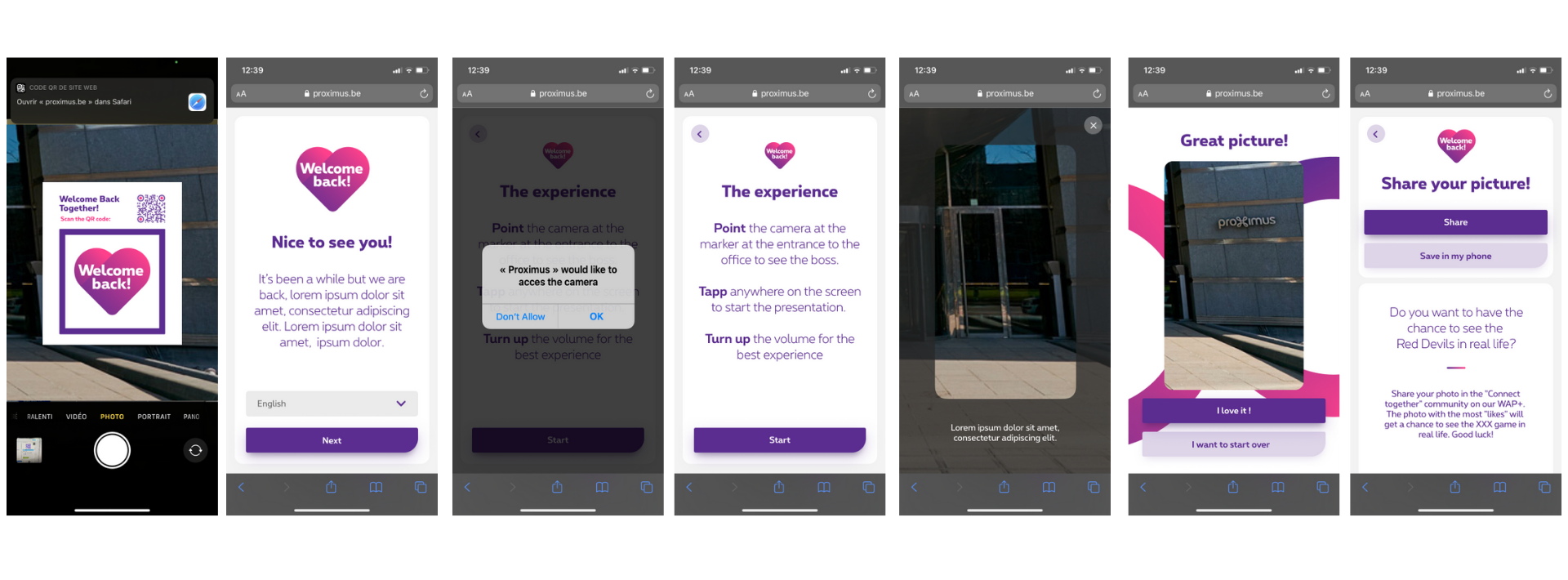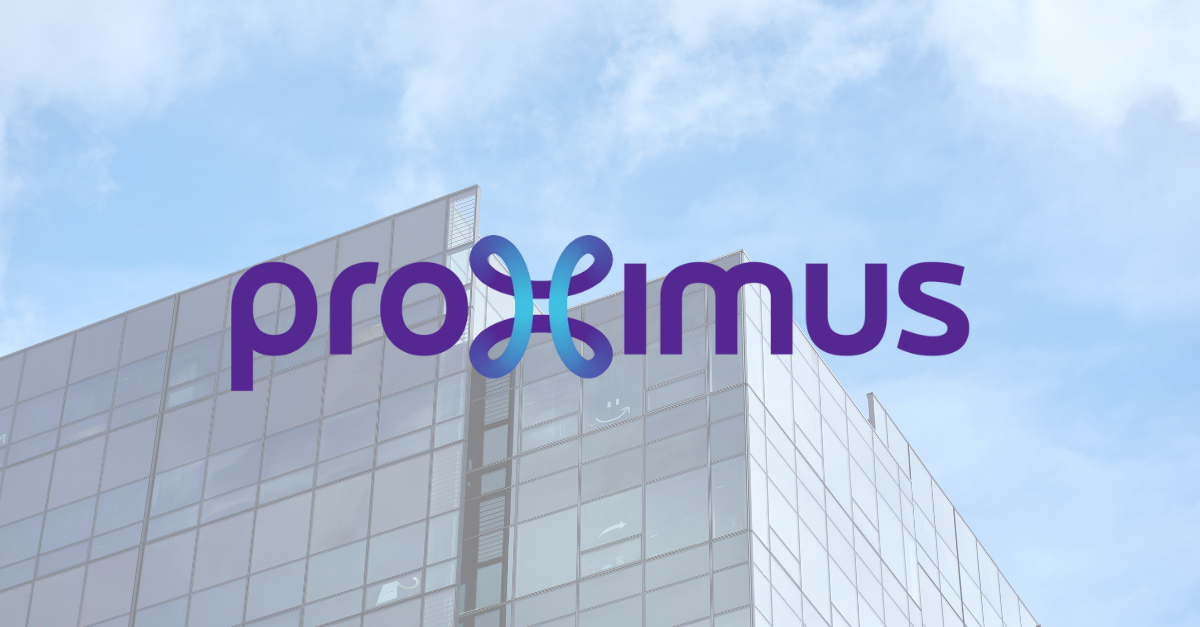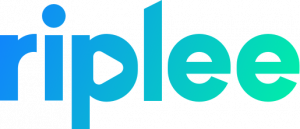An innovative back to the office for Proximus with augmented reality
How do you bring an innovative project to life? From the idea on a Post-It note to its implementation, Riplee accompanied Proximus in implementing a unique and innovative augmented reality experience for the group’s employees when they returned to the office.
A wide range of possibilities with extended reality
Proximus’ Digital Platform & Experience (DPE) department wanted to further explore extended reality technologies (augmented reality, mixed reality and virtual reality) by creating an innovative experience.
By combining the Proximus universe and extended reality, the possibilities were countless. The first step was therefore to consult one another to determine which direction to take.
In the initial briefing, there were two potential targets with very different needs: the group’s employees and Proximus clients. It was towards the first that the reflections were directed. In the meantime, the question of technology was raised. The initial idea of extended reality was narrowed down to augmented reality (AR). Indeed, unlike mixed reality and virtual reality, augmented reality is available from any smartphone. Choosing augmented reality means choosing a more accessible experience, an important point for Proximus. When the conversations begin at the end of April 2021, the health crisis is still very much present, as is social distancing and the widespread use of teleworking. Augmented reality makes it possible to envisage remote experiences for teleworking employees and does not require specific equipment to be disinfected between each use, as is the case with a virtual reality headset. The fact that Proximus decided to move to a flex office later on reinforced these arguments in favour of augmented reality.
Creating the best augmented reality concept together
To achieve this concept, we organised an ideation session. Ideation is a process of creation and innovation based on collective intelligence. Before the session, we conducted a benchmark. This is an essential step to encourage inspiration, but also to define a working perimeter to guide the imaginations. Two avenues were studied: the celebration of the return to the office after home working and the optimisation of the organisation of flex office spaces.
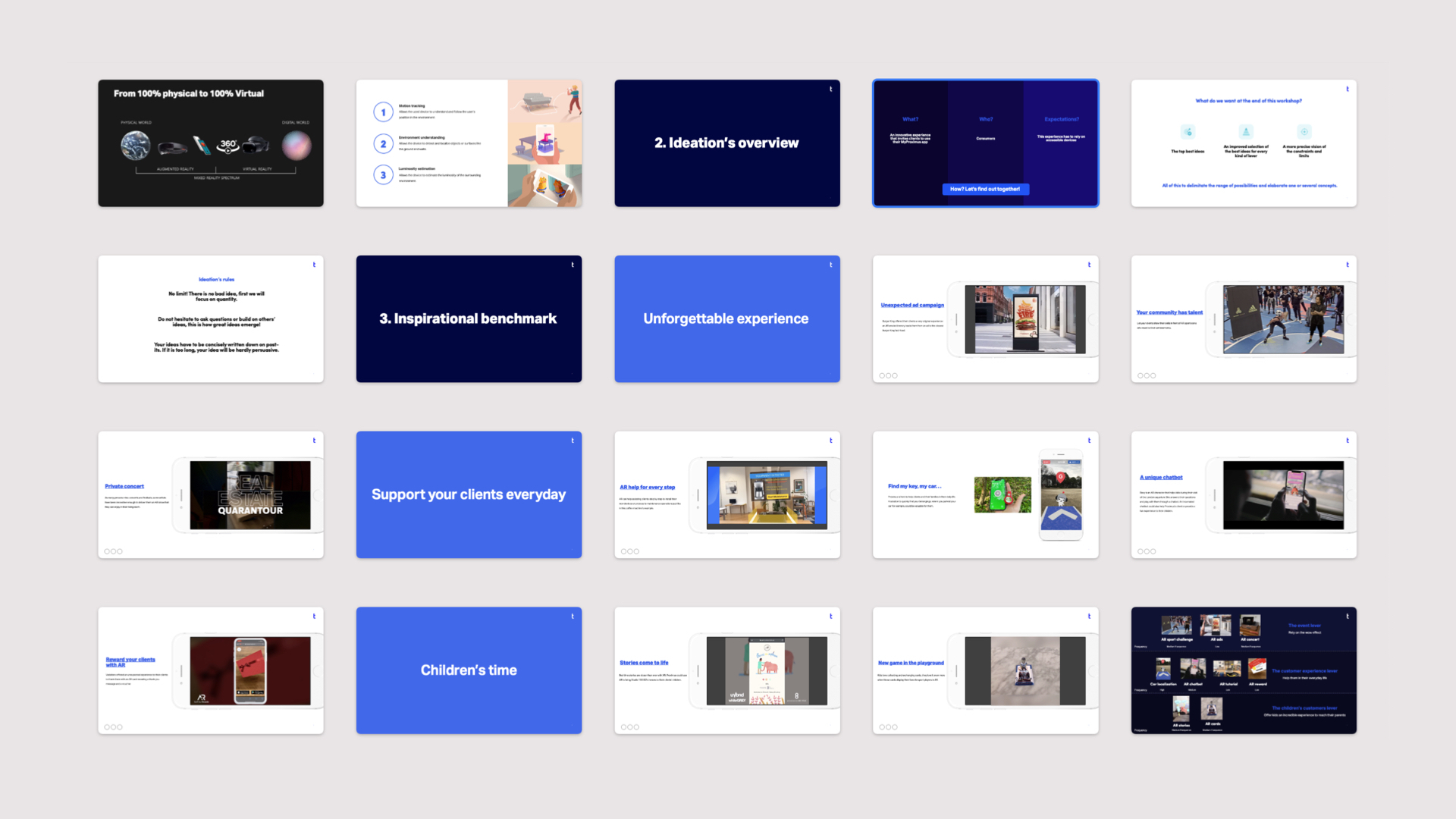 The ideation session was attended by extended reality specialists, product owners, members of the IT team, the human resources team and, on the Riplee side, members of the creative team. The participants in this ideation session reflect the common desire of Riplee and Proximus to involve people from different departments in order to have a variety of views on the experience to be offered. The minds and discussions were more particularly oriented towards the same concern: conviviality. After months of working remotely, there was a strong desire to share good times with colleagues and to be able to return to the office.
The ideation session was attended by extended reality specialists, product owners, members of the IT team, the human resources team and, on the Riplee side, members of the creative team. The participants in this ideation session reflect the common desire of Riplee and Proximus to involve people from different departments in order to have a variety of views on the experience to be offered. The minds and discussions were more particularly oriented towards the same concern: conviviality. After months of working remotely, there was a strong desire to share good times with colleagues and to be able to return to the office.
The feedback from the ideation session confirmed this orientation towards an AR (Augmented Reality) experience concept around celebration. Whether it was personalised AR messages on colleagues’ desktops, decorating the office in AR, an AR experience on the Proximus towers or an AR avatar, the feedback session categorised the concept ideas according to the participants’ votes and the relevant design filters. With these results and our expertise in augmented reality, we were able to make our recommendations to Proximus and refine the concepts so that everyone could project themselves further. Additional discussions with various Proximus teams around these concepts allowed us to evaluate them in terms of cost and time. One concept stood out from the rest: the AR avatars of Guillaume Boutin, CEO of Proximus, and Roberto Martinez, the national coach of the Red Devils (Belgium’s men’s football team), who together celebrate the return to the office of Proximus collaborators.
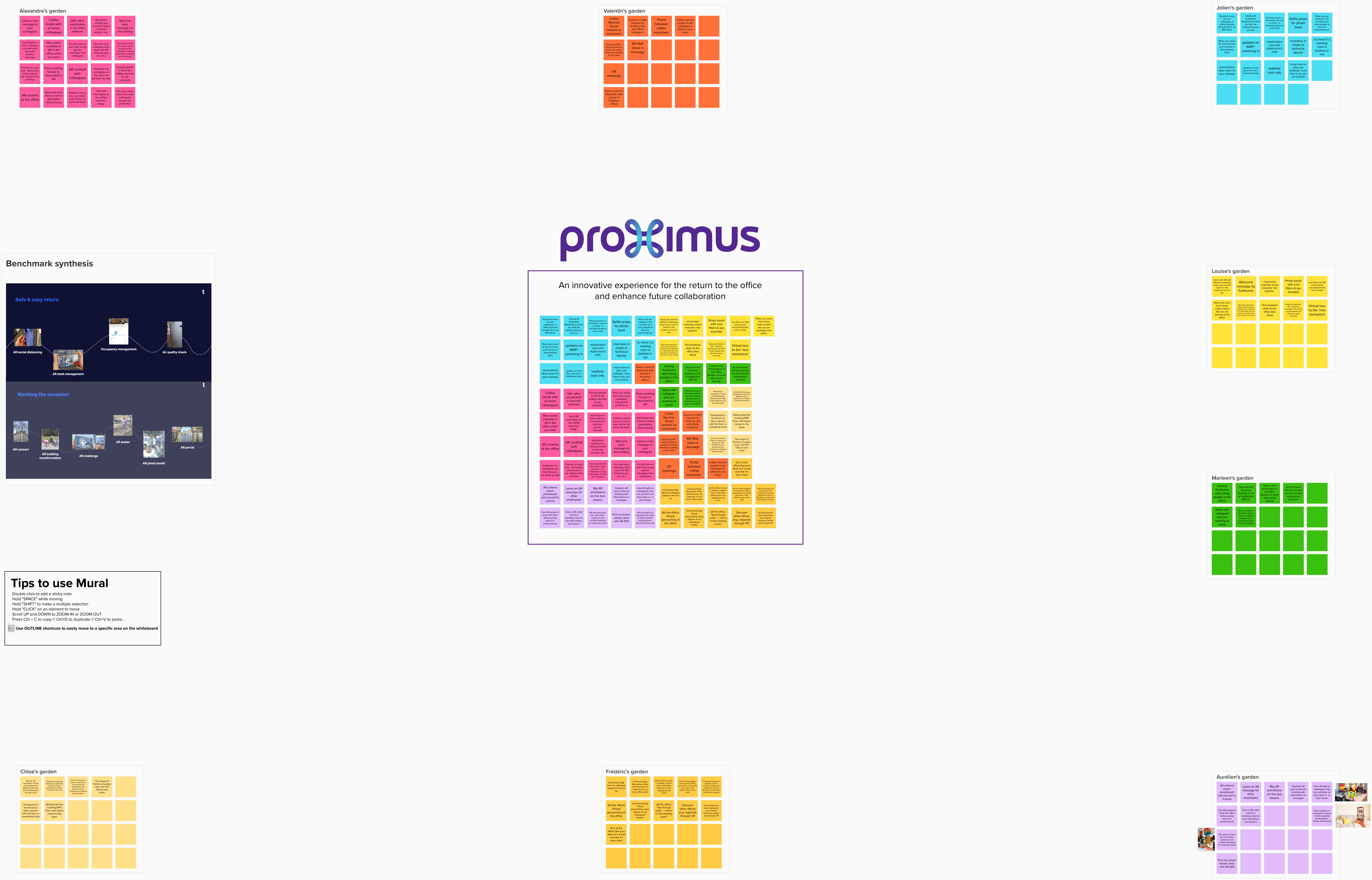 Moving from concept to innovative experience
Moving from concept to innovative experience
The user flow of the experience allowed us to approach step by step what needed to be developed. The user arrives in front of the Proximus offices, scans the QR code he sees on the ground, and arrives on a web page allowing him to select his language and learn more about the experience he is about to see. The user then sees the avatars of Guillaume Boutin and Roberto Martinez appear in front of them, wishing them a safe return to the office. They then invite the user to take a photo with them. The user can then share the photo on social media and on the communication screens in Proximus offices.
All the elements were then available to make the experience a reality. After a technical analysis and a POC (Proof of Concept) to assess the feasibility of the project from all angles, our developers were able to start creating the experience.
AR experiences are often created through an application, but in this case, the Proximus experience is web-based. The technical conditions for development are not the same as for an in-app experience, as there are issues of compatibility of the experience with browsers and devices. There are also more limitations in the development of the experience, particularly in terms of markers for positioning AR elements, than for an in-app experience. But the web-based experience has the advantage of being more easily accessible as it does not require the download of an application. The first technical challenge was therefore to adjust to these conditions to offer the best possible user experience. The second main challenge of this project was its timeframe. The experiment was validated to go into development at the end of July and had to be in place by the time Proximus employees returned to the office in early October. This left just over a month to shoot the videos to create the avatars and develop all the features, but the challenge was met brilliantly by our teams!
